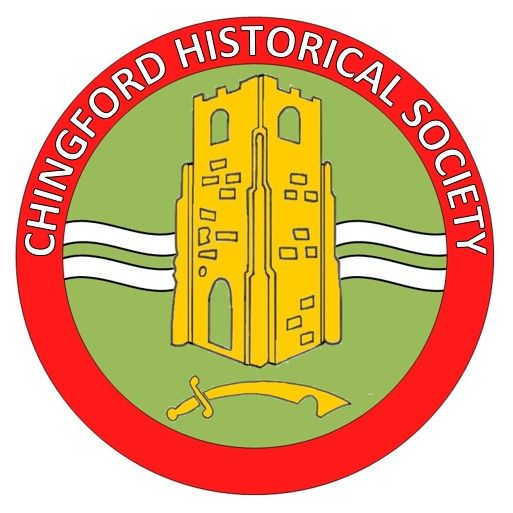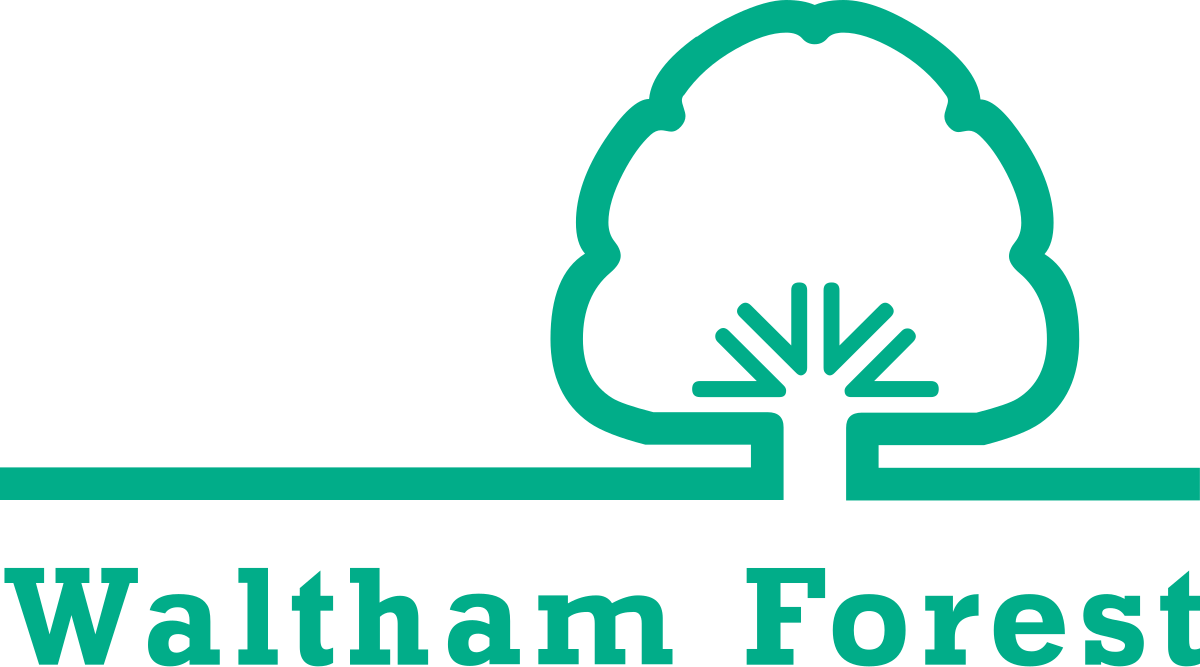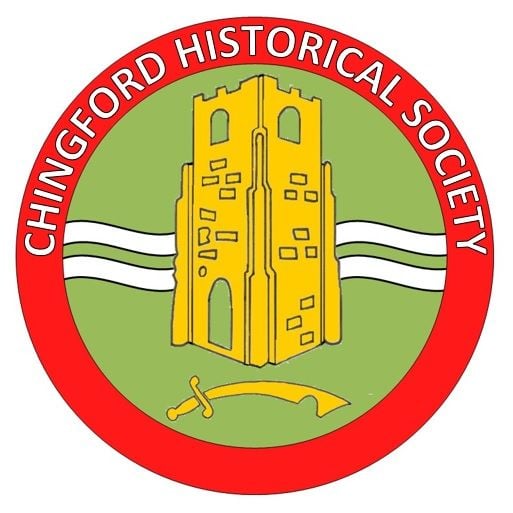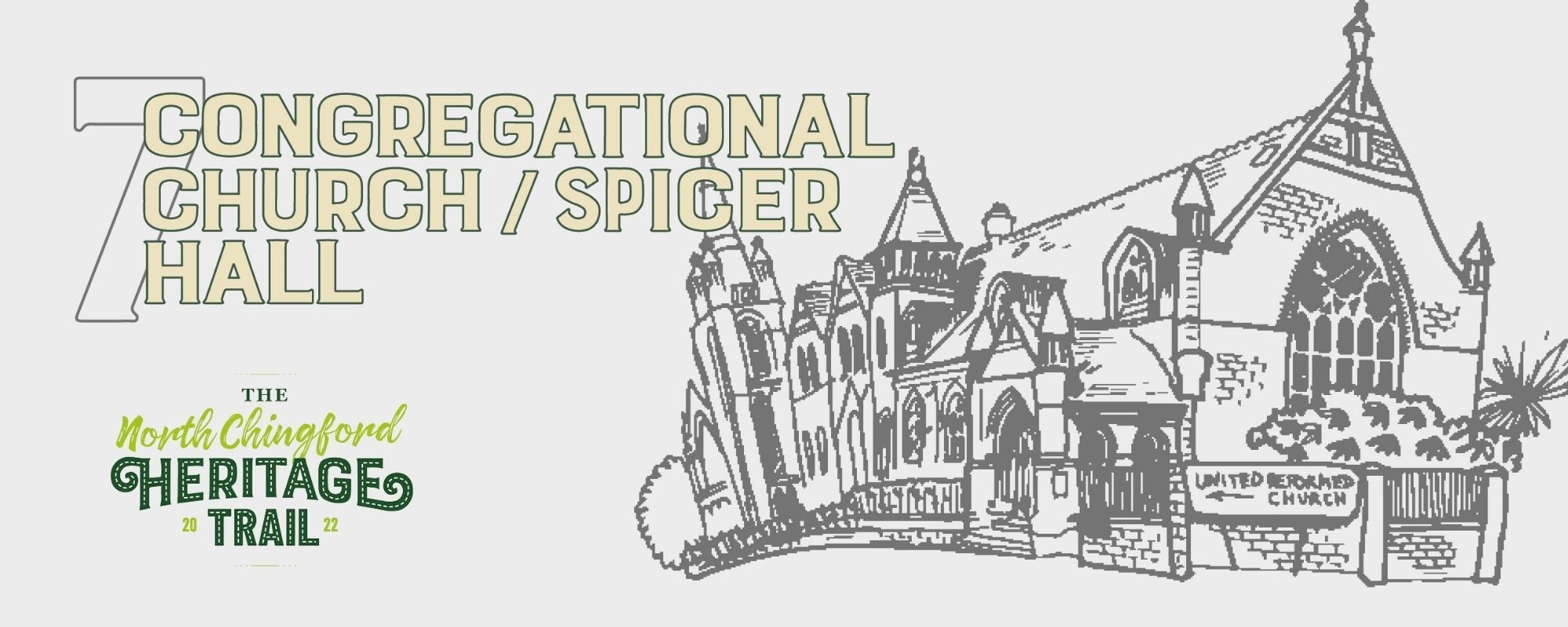
Following the opening of Chingford station in 1878, the area slowly developed from a quiet country village into an urban district.
Mr Walter Beeching and Mr John William Clark, at one time members of Abney Park Congregational Church in Stoke Newington, moved to Chingford and formed the idea of setting up a new Congregational Church there. This brand new Congregational church in Chingford was founded in 1888, initially meeting at a café in Station Road called the Victoria Coffee Palace.
With the generous financial assistance of Mr James Spicer, a member of the Congregational Church in Woodford Green, a plot of land was soon bought by the church in 1889. Shortly afterwards, Spicer died, but his family agreed to fulfil his wishes in respect of the church at Chingford and land was purchased on the Chingford Rise Building Estate at the corner of Buxton Road and The Drive.
Sufficient land was made available for the building of the James Spicer Memorial Hall in 1890 and a temporary corrugated iron building, or “tin tabernacle” was erected on the site so that the work of the growing church could go ahead until the hall was completed.
This was the Church’s meeting place for the next twenty years until the present Congregational Church building was opened on 19th May 1910 after the purchase of more land paid for by the generosity of the Spicer family. Today it is known as the United Reformed Church.
Spicer Hall remained in use by the Church and local community until 2004 when it was sold and converted for residential purposes. The sale proceeds being used towards the modernisation and integration of the remaining Church buildings which exist today.
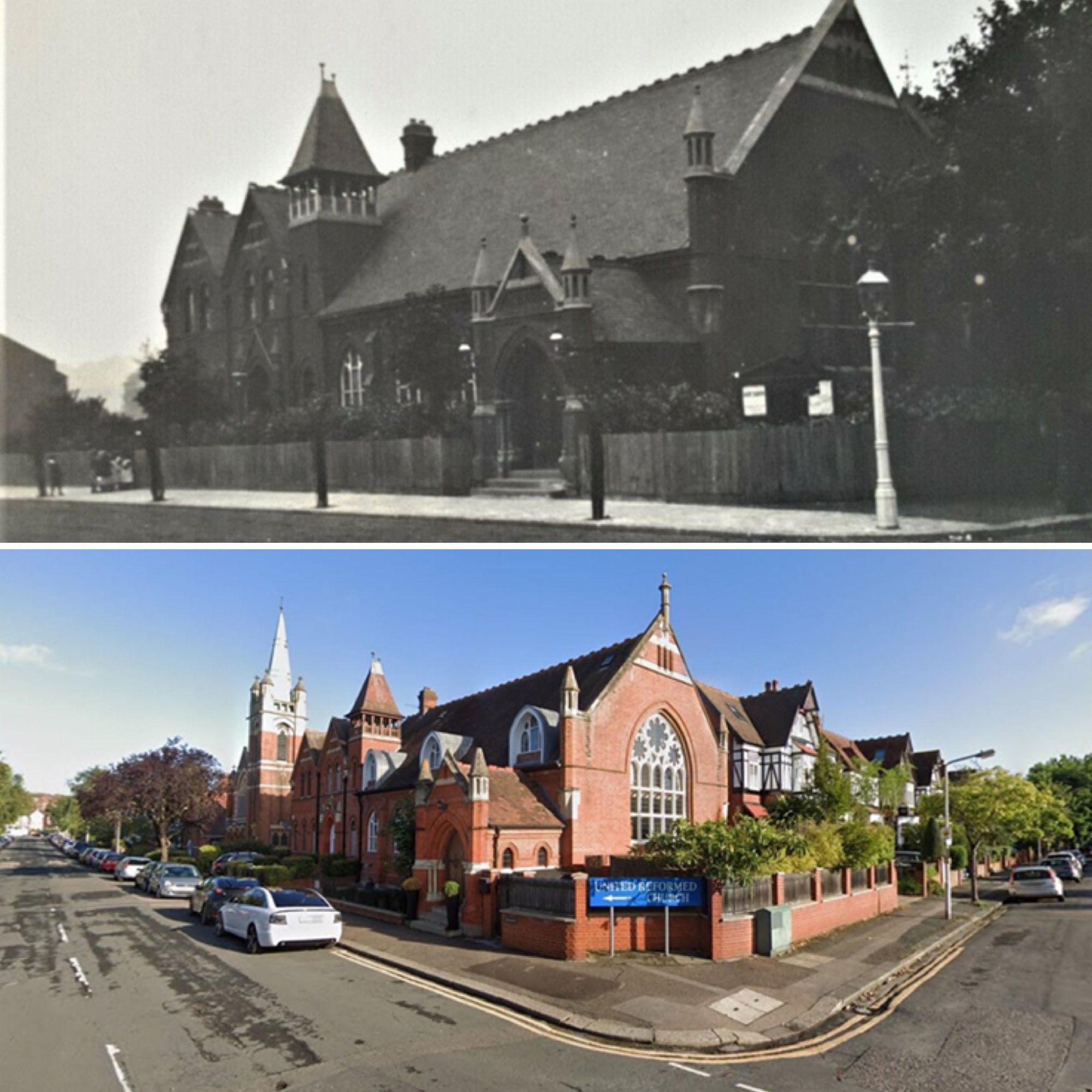
DID YOU KNOW?
Spicer Hall is a grade II listed building? A grade II listed building is defined as building or structure that is “of special interest, warranting every effort to preserve it”. Grade II is a classification that can be applied to a wide variety of buildings and other structures, in a range of ages, styles and locations.
